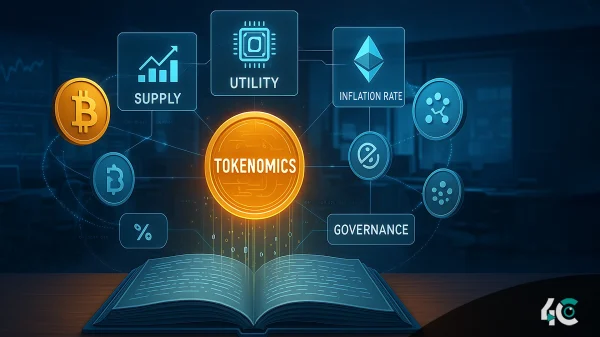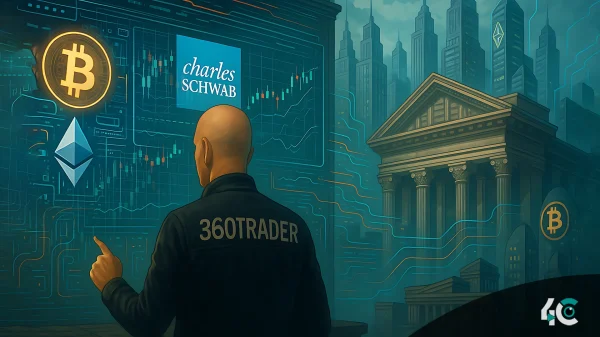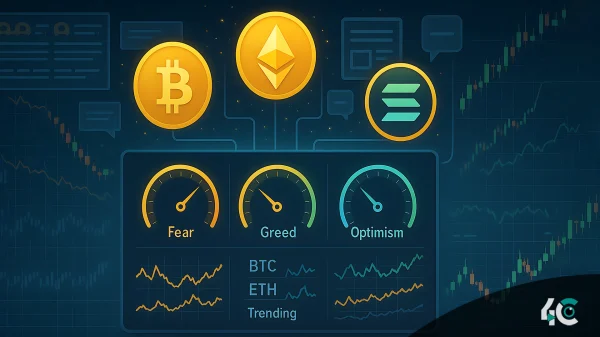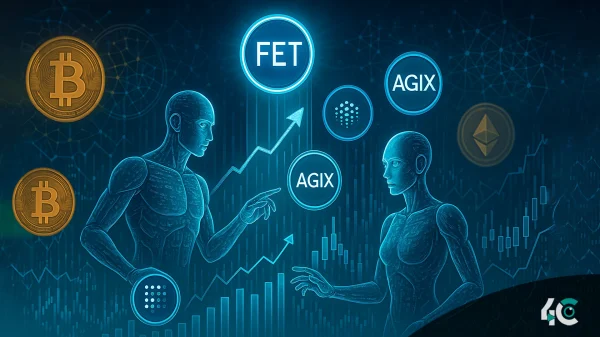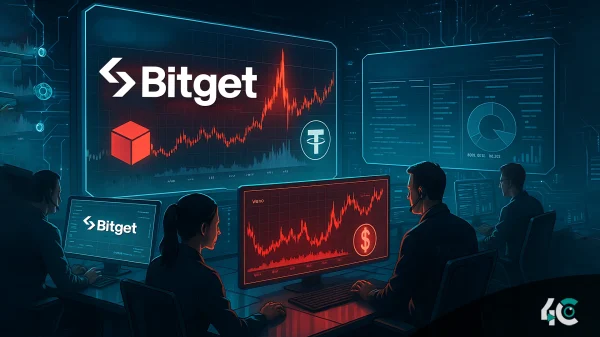With just 2.5 million Bitcoins on crypto exchanges, Bitcoin reserves there have dropped to a three-year low. Given institutional investors—especially those engaged in exchange-traded funds (ETFs)—continue rapidly acquiring Bitcoin, this fall points to a possible supply bottleneck.
A declining supply of Bitcoin on exchanges usually denotes lower selling pressure and higher investor holdings, which can help explain the phenomenon of price rises. Market dynamics can drive prices higher when demand stays strong while the supply that is accessible reduces.
Bitcoin has stayed strong, above the $95,000 mark, despite continuous worries about world economic uncertainties and newly imposed trade restrictions. Market observers highlight strong institutional interest as a significant factor in maintaining this level, even during recent periods of increased selling pressure.
Business organizations and institutional investors have significantly influenced the price stability of Bitcoin. Big purchasers include corporate holdings and ETF issuers that have been rapidly acquiring Bitcoin, thereby lowering the available supply. Some analysts think that this accumulating pattern is causing a “seller exhaustion” phase whereby fewer investors are ready to sell at present price levels.
Though ETF inflows show swings and some net negative outflows have occurred, generally the direction is positive. As a loss below this level could cause major liquidations of leveraged positions, hence increasing volatility, market players are observing Bitcoin’s capacity to sustain the $95,000 support level.
Looking ahead, the declining exchange reserves and ongoing accumulation by long-term investors point to a favorable future for Bitcoin in 2025. Driven by continuous institutional demand and rising public acceptance, some price forecasts project Bitcoin’s value between $160,000 and $180,000 by the end of the year.
The likelihood of a supply shock remains a major determinant of market expectations in the next months as the supply of Bitcoin gets limited and adoption increases.









